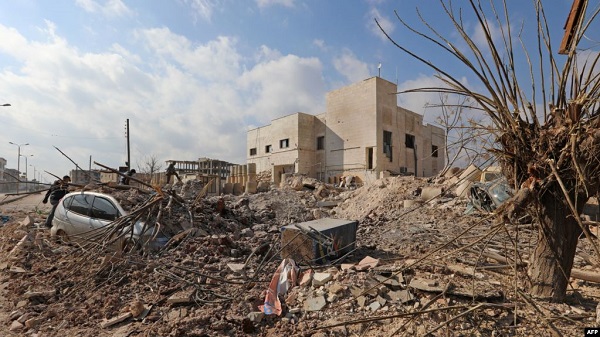What the Mosul Study Group Missed
What the Mosul Study Group Missed by Amos Fox – Modern War Institute
The US Army’s Mosul Study Group released a report—What the Battle of Mosul Teaches the Force—in September 2017, a mere month and a half after the Islamic State was ejected from the city. The report purported to provide lessons derived from the battle. However, the short time that passed between the end of the battle and the report’s publication raises questions about the report and the group’s research methods. Moreover, the “intense 45-day effort,” as the authors described their work, to study the battle and produce the report yielded a view of the battle isolated from its place within the campaign and dislocated from trends in modern war. In doing so, the report inadvertently misleads the reader on particular lessons that Mosul illuminates.
The Mosul Study Group’s report is an important work, one whose contents should be read and understood. But it also either overlooked key aspects of the battle, did not fully develop certain lessons, or did not have sufficient time to appreciate the meaning of some conclusions…

